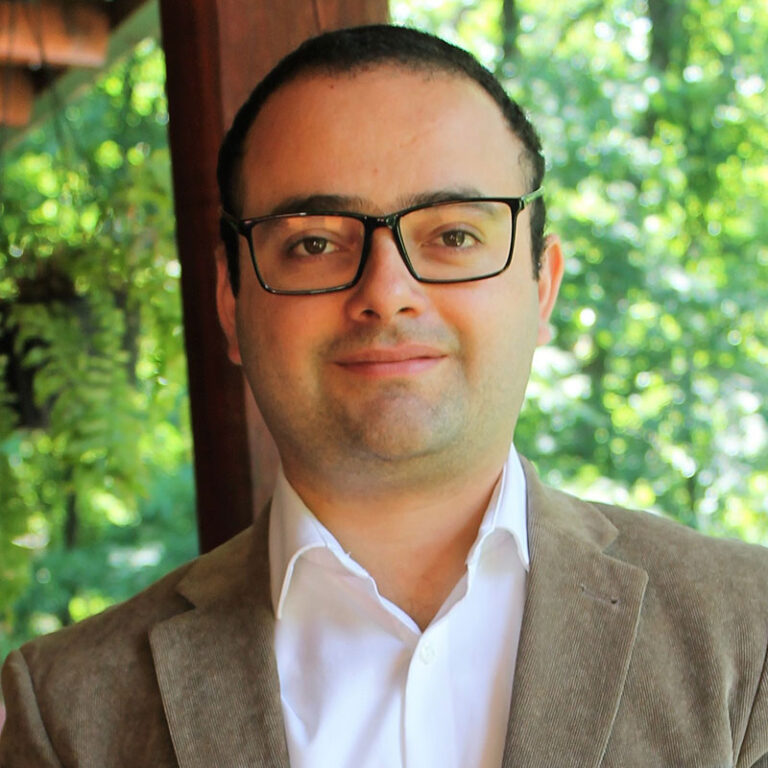Dr. Czuba’s research focuses on the transport of water and sediment in streams and rivers and how that affects the distribution of invasive and native aquatic species, including fish, macroinvertebrates, freshwater mussels, and plants.
Thematic Area(s):
- Biology, ecology, & ecosystem dynamics
- Restoration ecology















